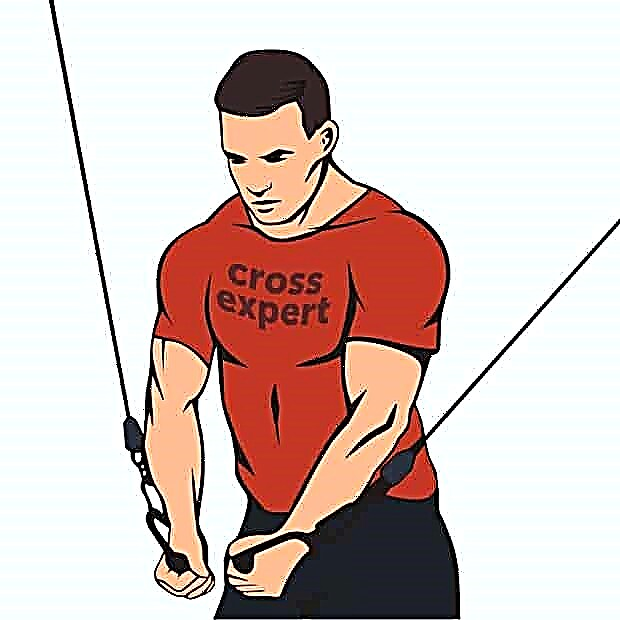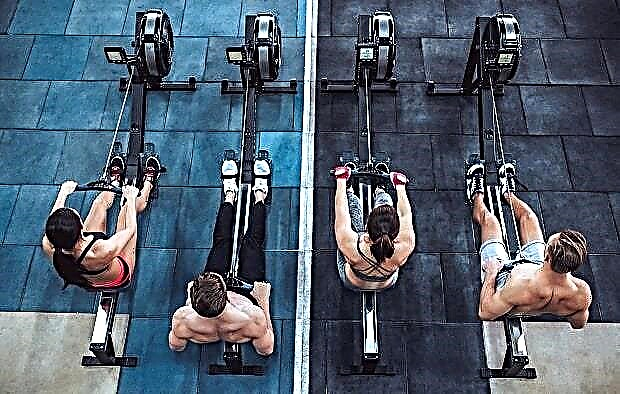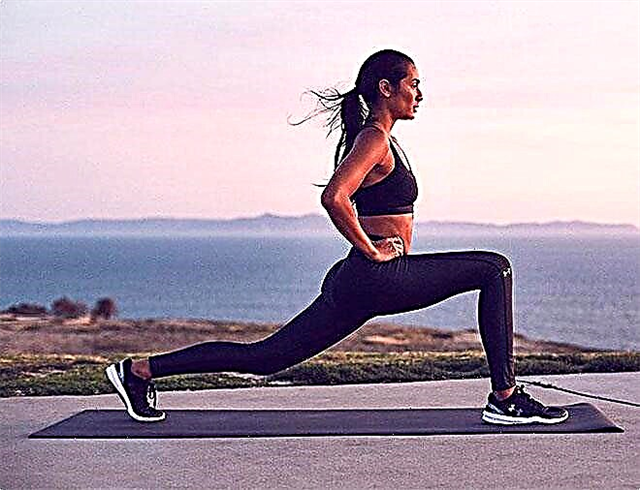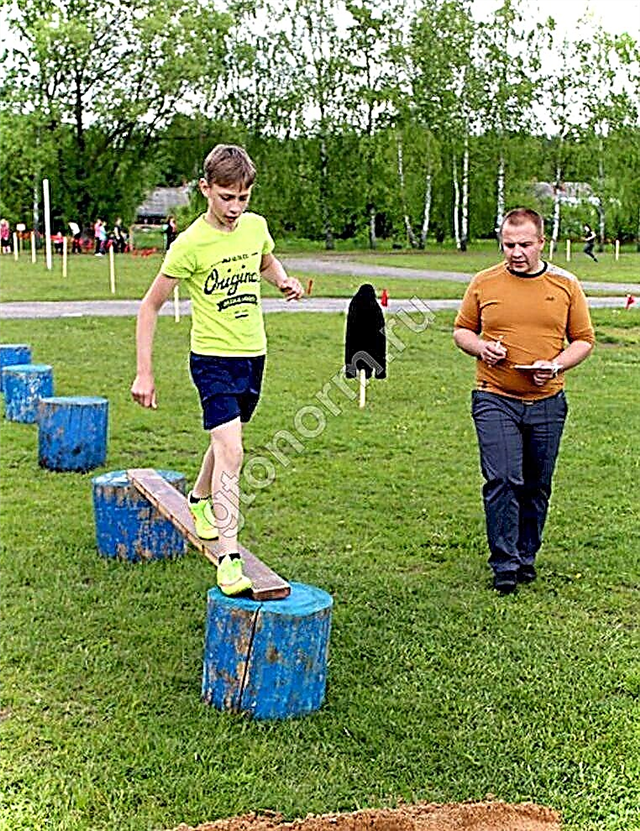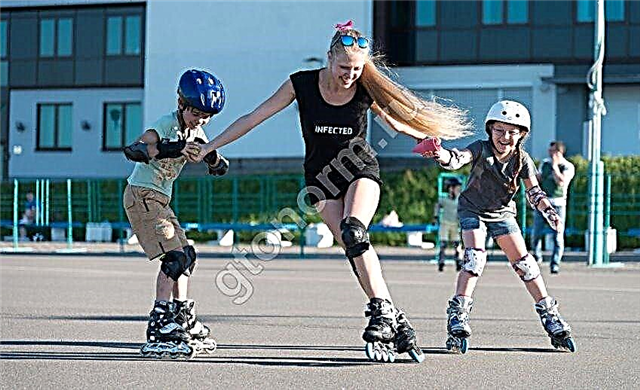Shuttle running takes a special place among the running exercises. This is a unique discipline that, unlike other types of fast movement, requires maximum speed, combined with fast braking, alternating several times.

For this discipline, in contrast to the usual distances, almost all elements of the action sequences are important, which is why correct training and persistent training are imperative for success, especially since such a short distance does not give the athlete time to correct mistakes.
How to do shuttle jogging correctly?
It is recommended to start learning and gradual transition to training this exercise after mastering the basic basic techniques of running at a distance of 100 meters. It should be understood here that speed qualities are mainly inherited genetically, and it is possible to achieve shifts in the results of athletes only by mastering the correct starting and running technique.
An essential point in the organization of training and exercise training is the issue of injury prevention. The received sports injuries with the wrong approach not only knock athletes out of the training rhythm for a long time, but also do not allow them to restore their psychological state in the future and can cause fear of fulfilling the standard.
The main method of preventing injuries in shuttle running 3x10, 5x10, 10x10 meters is a methodically correctly organized lesson, in preparation for which dosed loads are planned during warm-up, learning and training of individual elements is correctly built and the load reduction at the end of the lesson is correctly carried out. Equipment and the location of the lesson are also important.
Here, attention is drawn to the combination of shoes and the surface on which the training is carried out, because the use of the same shoes for special surfaces of the stadium track and the usual, even the highest quality asphalt concrete surface is not rational due to the different coefficient of adhesion.
Shuttle rules and techniques

The conditions for fulfilling this standard are not particularly difficult:
- a distance of 10 meters is measured on a flat area;
- a clearly visible start and finish line is drawn;
- start is carried out from a high or low start position;
- the movement is carried out by running to the line of the 10-meter mark, having reached which the athlete must touch the line with any part of the body;
- touch is a signal of the fulfillment of one of the elements of the fulfillment of the standard,
- having made a touch, the athlete must turn around and make the return journey, again stepping over the line, this will be a signal to overcome the second section of the distance;
- the last section of the distance is covered by the same principle.
The norm is recorded in time from the "March" command to the athlete overcoming the finish line.
Technically, this exercise belongs to the category of coordination exercises, in which, in addition to speed, the athlete must also have high coordination skills.
Since the distance to overcome is small, the position of the body is of particular importance, from the very start, it is necessary to coordinate the work of the arms and legs as much as possible. It is unacceptable for such a short segment to fully straighten the body, the body must be constantly tilted forward.
The arms move parallel to the body, while it is advisable not to extend the arms at the elbows. When overcoming 5-7 meters, it is necessary to gradually reduce the acceleration and prepare for the start of braking and turning. Braking should be carried out intensively, while it is necessary to direct part of the efforts to choosing the position of the body in order to make a turn with the least losses while simultaneously taking the position for the start.
The final stage in the execution of the element will be the touching of the line or the step behind it. In various methods, such an element is described in different ways, in some it is done by stepping behind the line with the leg, with a further turn of 180 degrees, so that the next step with this leg is the first step of running a new segment of the distance.
This step corresponds to the high start position. In other techniques, the touch is made with the hand, so that after it the athlete takes a low start position.
Special attention to the finish

Such "ragged" segments of the distance do not allow the athlete to accelerate at full strength, because when running for short distances of 100-200 meters, the athletes accelerate for the first 10-15 meters, in which the body position gradually takes a vertical position, and the steps are almost 1/3 shorter than a normal mid-course stride.
At the same time, when performing this discipline, no matter how many segments it is necessary to overcome, the last segment is important from the point of view of the final result. This is due to the fact that when passing it, it is no longer necessary to reduce speed and make a U-turn. Experienced athletes use this feature, paying great attention to the last section in training, from the moment of the turn, to crossing the finish line.
Here you need to consider literally every meter more carefully:
- when turning, the most effective body position is taken, from which the athlete must make a jerk with maximum acceleration;
- the first 2-3 steps are made a little short, the initial acceleration is supplemented by acceleration, the body is tilted forward, the head is tilted forward, the arms move sharply along the body, without extending the arm at the elbow, and throwing the hand back;
- after gaining the necessary acceleration, there is a gradual straightening of the body and raising the head, but without throwing it up, steps are made large, hand movements allow the hands to be thrown back with the arms extended at the elbows;
- the maximum pace of movement should be maintained so that when crossing the finish line the athlete continues to move at the maximum pace, and begins braking only after 7-10 steps after crossing the finish line.
Types of shuttle running
This exercise is auxiliary in the course of physical education at school, it allows both physical training of the body of schoolchildren and instill the necessary skills in coordination of movements.
Shuttle run 3x10 technique
The school curriculum provides for the implementation of the 3x10 standard starting from grade 4.
For its implementation, as a rule, a high start is chosen, the implementation is carried out by 3-4 students at the same time, this method allows students to be interested in a better performance of the standard.
The exercise can be performed both outdoors and indoors. When fulfilling the standard, several students must necessarily mark the treadmills for each participant.
Before the start, the participants are engaged in the start position, while the toe of the foot should be near the line, without a spade on the distance. After the command "March", acceleration, distance run, braking, touching the line or spade and turn are carried out, followed by the start of the next stage.
After the last U-turn, the finish line is passed at the maximum pace. The end of the exercise is considered the crossing of the finish line by any part of the body.
Other types of shuttle running

For different age groups and categories, various standards and conditions of exercises have been developed and applied, for example, in addition to running 3 * 10, students can, depending on age, standards 4 * 9, 5 * 10, 3 * 9.
For older ages, for example, student youth, people in whose professional activity physical training is one of the main criteria for professional fitness, for example, firefighters, police officers, rescuers, there are exercises in running 10x10 meters.
For such species, there are also more stringent performance standards.
Shuttle run: standards
For various age groups of schoolchildren, standards of physical fitness have been developed and scientifically substantiated, including in running 3x10 meters:
| Category | Name of the standard | Assessment | ||
| excellent | OK | satisf. | ||
| Grade 1 students | Shuttle run 4x9 | |||
| boys | 12.6 | 12.8 | 13.0 | |
| girls | 12.9 | 13.2 | 13.6 | |
| Grade 2 students | Shuttle run 4x9 | |||
| boys | 12.2 | 12.4 | 12.6 | |
| girls | 12.5 | 12.8 | 13.2 | |
| Grade 3 students | Shuttle run 4x9 | |||
| boys | 11.8 | 12.0 | 12.2 | |
| girls | 12.1 | 12.4 | 12.8 | |
| Grade 4 students | Shuttle run 4x9 | |||
| boys | 11.4 | 11.6 | 11.8 | |
| girls | 11.7 | 12.0 | 12.4 | |
| Grade 4 students | ||||
| boys | Shuttle run 3x10 | 9,0 | 9,6 | 10,5 |
| girls | 9,5 | 10,2 | 10,8 | |
| Grade 5 students | Shuttle run 3x10 | |||
| boys | 8,5 | 9,3 | 10,00 | |
| girls | 8,9 | 9,5 | 10,1 | |
| Grade 6 students | Shuttle run 3x10 | |||
| boys | 8,3 | 8,9 | 9,6 | |
| girls | 8,9 | 9,5 | 10,00 | |
| Grade 7 students | Shuttle run 3x10 | |||
| boys | 8,2 | 8,8 | 9,3 | |
| girls | 8,7 | 9,3 | 10,00 | |
| Grade 8 students | Shuttle run 3x10 | |||
| boys | 8,0 | 8,5 | 9,00 | |
| girls | 8,6 | 9,2 | 9,9 | |
| Grade 9 students | Shuttle run 3x10 | |||
| boys | 7,7 | 8,4 | 8,6 | |
| girls | 8,5 | 9,3 | 9,7 | |
| Grade 10 students | Shuttle run 3x10 | |||
| boys | 7,3 | 8,0 | 8,2 | |
| girls | 8,4 | 9,3 | 9,7 | |
| Grade 10 students | Shuttle run 5x20 | |||
| boys | 20,2 | 21,3 | 25,0 | |
| girls | 21,5 | 22,5 | 26,0 | |
| Grade 11 students | Shuttle run10x10 | |||
| young men | 27,0 | 28,0 | 30,0 | |
| Military personnel | Shuttle run10x10 | |||
| men | 24.0 -34.4 (depending on the result, points from 1 to 100 are awarded) | |||
| women | 29.0-39.3 (depending on the result, points from 1 to 100 are awarded) | |||
| men | Shuttle run 4x100 | 60.6 -106.0 (depending on the result, points from 1 to 100 are awarded) | ||
Despite the fact that shuttle running looks like simple fun for short distances, you should not overestimate your strengths; to fulfill even the simplest initial standard, any athlete who is not familiar with the technique of such a run will find it difficult to invest in a positive assessment.
On the other hand, shuttle race is one of the most exciting kind of cross-country disciplines, in terms of excitement and entertainment, only a relay race can be compared with it.

